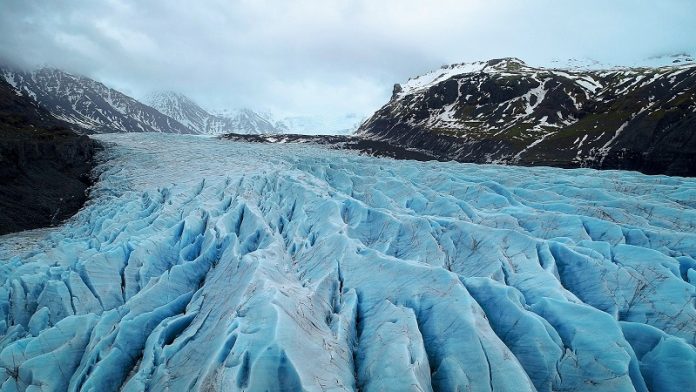
The glaciers high in the Andes Mountains are melting fast—and scientists say this threatens the water supply of over 90 million people in South America.
At the first-ever World Day for Glaciers, hosted by UNESCO in Paris, researchers from the University of Sheffield and Newcastle University presented a new report warning about the rapid loss of Andean glaciers.
These glaciers stretch across Argentina, Chile, Bolivia, Peru, Ecuador, and Colombia.
They provide vital water for drinking, farming, livestock, hydroelectric power, and industries.
The policy brief, titled “The Future of the Andean Water Towers”, explains how glacier loss is speeding up, putting water and food security at risk for millions.
Andean glaciers are shrinking at a rate of 0.7 meters per year, which is 35% faster than the global average.
In some of the worst-case scenarios, areas like the Tropical Andes could lose almost all of their glacier ice by the end of the century.
Dr. Jeremy Ely from the University of Sheffield said, “Scientists have been warning about this for decades. But not enough has been done to cut carbon emissions. Now we are seeing the results.”
Climate change is causing higher temperatures, more droughts, less snowfall, and stronger storms across the Andes. All of these changes are making it harder for glaciers to survive—and harder for people to rely on them for water.
The report highlights that glacier loss has sped up quickly since the year 2000, which matches the rise in global greenhouse gas emissions. In 2015, the Paris Agreement aimed to keep global temperature rise below 1.5°C.
But in 2024, temperatures already passed that mark for several months. Some predictions now show we could reach over 2°C of warming, which could make large parts of the Andes almost completely ice-free by 2100.
Losing these glaciers will make water harder to access. Some countries might try to build large water storage systems, like dams, to make up for the loss. But these projects are expensive, and poorer nations—many of which are most affected by climate change—may not have the money to build them.
Dr. Ely warned, “If we don’t act quickly, millions of people downstream from these glaciers will suffer from water shortages and food insecurity. In some places, temperatures could rise as much as 4.5°C by the end of this century.”
He added, “We’ve already missed important climate targets. The only way to protect these glaciers now is to drastically cut carbon emissions. We need global cooperation to protect the people most vulnerable to climate change.”
Source: University of Sheffield.



